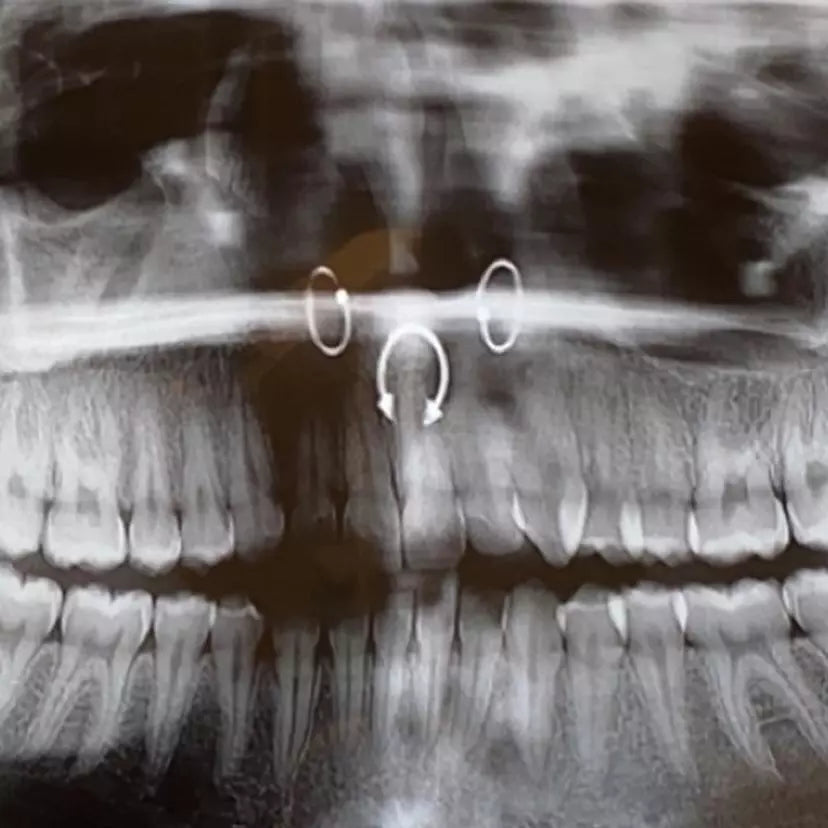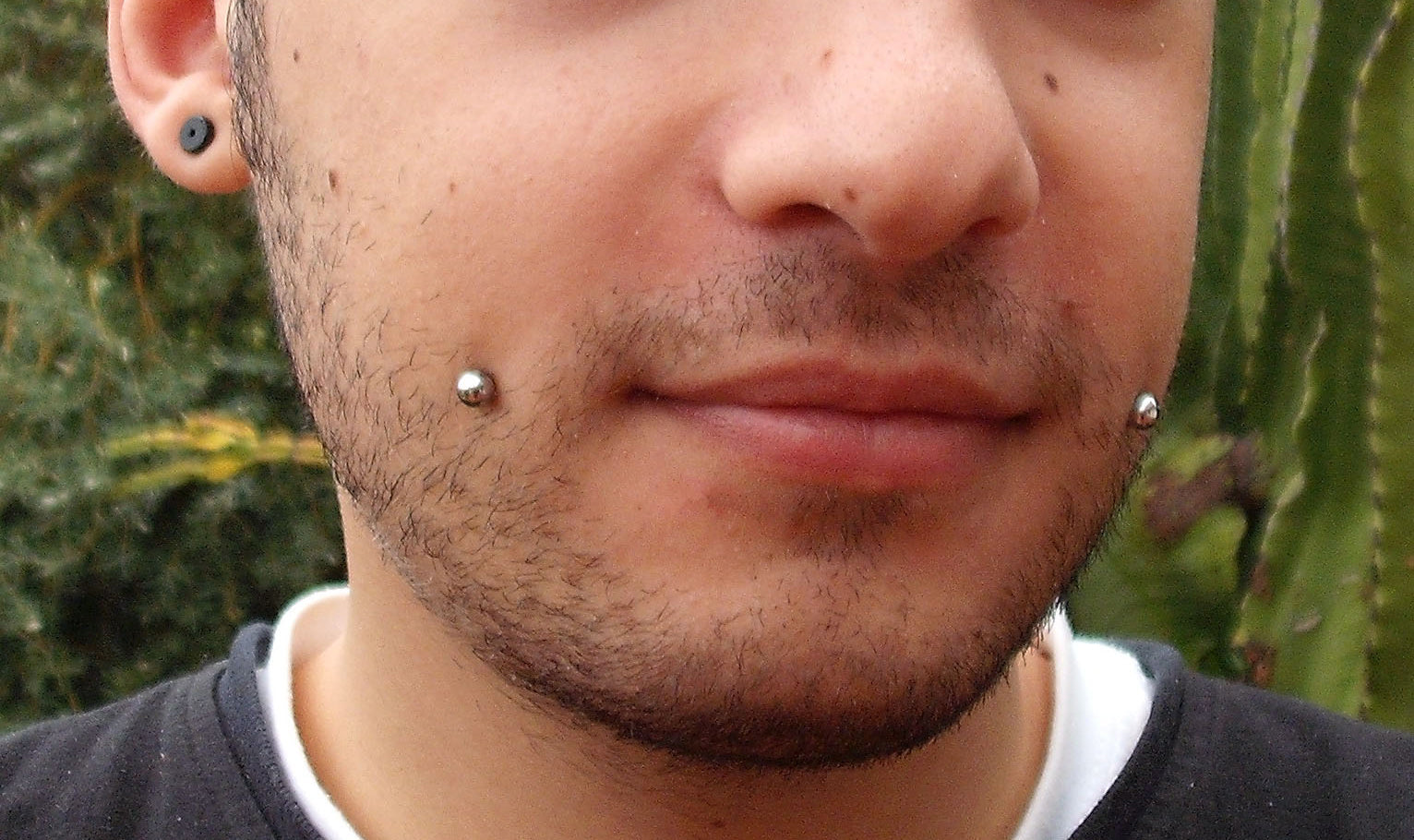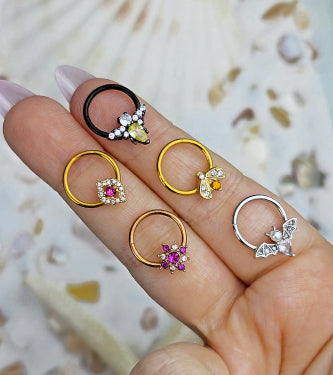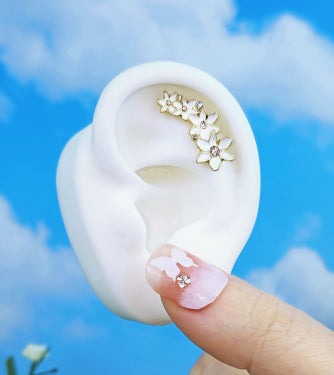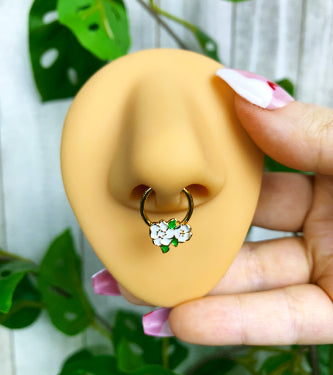Nobody wants to have surgery. However, should some unfortunate situation arise where it’s unavoidable, the last thing you want to have to worry about is your piercings. Let’s preface this by saying that whether or not your jewelry has to be entirely removed, or you can put in retainers is going to be up to the surgeon. Furthermore, we do not recommend going against your surgeon’s orders in any way. Oral piercings can be problematic if you need a tube inserted down your throat and nose piercings can be an issue if you need an oxygen cannula in your nose. So please talk to your surgeon or your surgeon’s office before putting in retainers and thinking it will be okay. They may have to come out anyway. But it’s possible that things like ear piercings and torso piercings will be okay to put retainers in. So, let’s take a look at retainers and why they matter so much in this context.
Do I Need Retainer?
There is no way to answer this question. Your piercing may or may not close in the time that the jewelry is out. This depends on how old your piercing is and how long it’s out for. It is entirely unique to your body. If you are not able to use a retainer, the best you can do is take your jewelry and some lubricant with you to the hospital and put the jewelry back in as soon as you are able to. (Make sure to take the least complicated jewelry you have. You don’t want to be fussing with difficult ends while you’re recovering. Clickers and hinged segment rings are going to make your life easier.) If you are allowed to use retainers, then it is strongly recommended that you do so.

Risks of Wearing Normal Jewelry
Normal jewelry can obstruct areas the surgeon needs to access. Even if they don’t, the surgeon may accidentally loosen an end while doing what they have to. (This would be the absolute WORST possible time for the end to come off of your tongue ring. Swallowing it might be the least awful outcome because choking on it is a possibility.) Another potential crisis is if the medical team needs to defibrillate you or use some other electrical device like an electrocautery tool. The electricity combined with metal jewelry can lead to some nasty burns. You’re already dealing with enough without that kind of injury on top of everything. And, while not especially likely, there remains the possibility of needing an MRI. While quality jewelry should not interact with the machine due to not being magnetic, one never knows for sure and if your jewelry does turn out to have some kind of magnetic component, it will turn into shrapnel in the MRI machine. Ouch.
Where Can I Use Retainers
Retainers can be used in most piercings. They are available in flat back labret styles, nose rings, septum rings, and even nipple and navel rings. The most common materials are PTFE, which is the flexible plastic seen in pregnancy belly rings, and glass. Glass is strongly recommended over PTFE because it is entirely inert and can be worn for long periods of time while there are allegations that PTFE may leach chemicals into the human body. However, you aren’t going to have it in for very long, so the choice is yours. If you think you may ever need to use it again in your lifetime, glass is probably the way to go because it can be sanitized more easily and is more durable if cared for properly.
What If I Just Got Pierced
That’s some unfortunate timing. Your best bet is to go see your piercer and have them replace the jewelry with the retainer and then return to them when you can and have them put new jewelry in. Trying to do this yourself creates a greater risk of aggravating the piercing and slowing down the healing process.
What Happens If My Piercing Closes
If you choose to go without a retainer or your surgeon will not allow it, there is that risk of your piercing closing. If that’s the case, you will need to let it heal for a few weeks (usually about 4 weeks) and then you can go see your piercer who will evaluate the area for scar tissue and they will tell you if you can get re-pierced in that spot or a location that is close to but not actually on the place where the piercing used to be.
Now that you know a bit more about retainers for your piercings and how they might be able to help you retain your piercings, hopefully this can make your experience of having surgery a bit less stressful. Remember to abide by your doctor’s orders. Better to lose a piercing than your life. Happy piercing!

